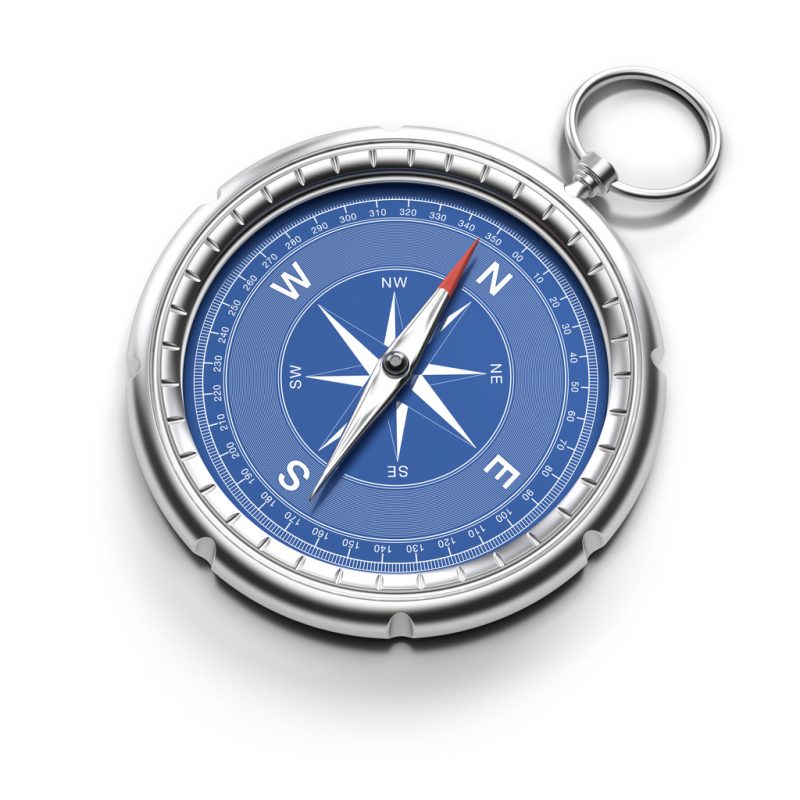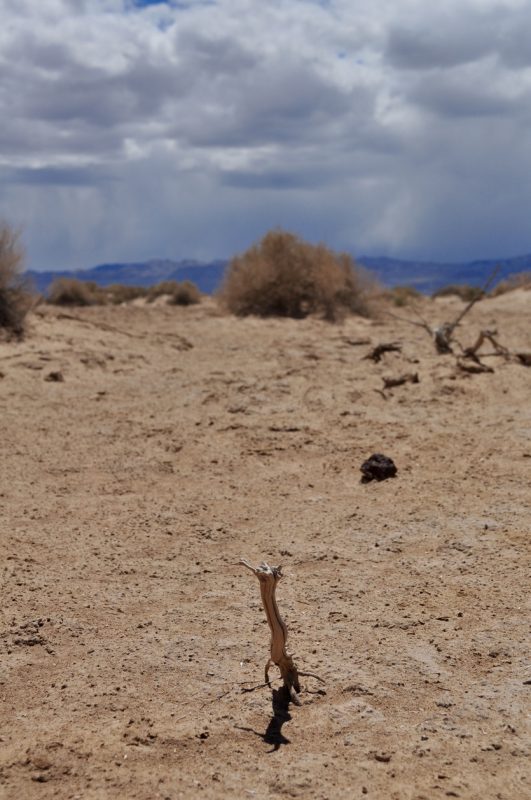Navigating Without Survival Equipment
Life is full of uncertainties.
Therefore, one must arm himself or herself with all necessary skills as possible. When you go for a camping trip vacation only to get lost and a hike and you need to find your way out on your own, you don’t need to be told that you have a responsibility to get yourself out and back on the road, right? There are instruments that easily get people back on track whenever they lose their way in places like the wild.
The two most popular pieces of equipment for navigation are maps and the compass. With a simple compass and map, you can be sure to navigate anywhere on the planet. Just the compass on its own is a piece of very reliable piece of equipment and should always be kept inside your travel bag, because it will be important when you least expect it.
Furthermore, the compass is easy to use. The use of the compass will be briefly described in the following text, such that anyone reading this should easily be able to use one to navigate.

One good thing about a compass, apart from the fact that it is reliable. is the fact that it is very much affordable and inexpensive. That means that there shouldn’t be much of an excuse to get one if you don’t have one already (just make sure that it’s high quality as well).
It is very easy to use a compass when traveling North, because you’ll just follow that red needle. To travel in other directions, apart from North, just rotate the housing of the compass until the direction you want to go aligns to the direction traveling line. Then, rotate your body until the red part of the compass needle is pointing towards the “N” on the housing.
You can see by now that using a compass is very simple.

It is also very important to always take new compass readings and also avoid using your compass near metal objects to avoid the readings becoming compromised.
As important and inexpensive as the compass is, you might be in a situation where you don’t have one and you still have to navigate your way around the wilderness. Fortunately, there are many other means of navigation other than compass and maps.
For example, a very effective way to also get direction is with the use of the sun. The first thing to note when using the sun is that it always rises in the east and sets in the west, but take note that there might be some seasonal variations to take into consideration, so don’t consider the sun to be a perfectly reliable east to west line.

There are two ways to use the sun for navigation; the first involves the use of shadow, while the second involves the use of your ordinary wristwatch.
For the first method, just get a straight stick that is about 4 ft long, place the stick inside flat level ground that is not surrounded by bushes (so the stick can cast a definite shadow). The tip of the shadow cast is marked with a stone or another stick. No matter where you might be in the world, this mark represents the west.
After about 10-15 minutes, the tip of the shadow will have moved a bit. Mark the new location also. Draw a straight line through the two marks. This straight line will be an approximate east-west line.
You’ll then take a position with your left side on the first mark and your second side in the second mark. With this position, you’re now facing north. It should be well noted that this is an approximate direction, but it can lead you to your destination.
The second method is also as simple as the first. Once you know the time, you can get your direction. This can best be done with the use of an analog wristwatch or clock.

The wristwatch should be held horizontally and point the hour hand to the sun. Divide in half the angle between that hour hand and the 12 o’clock mark on the clock. The bisect will serve as the north-south line. If you’re still not sure of where the North, East or West is, just remember that the sun rises in the East and sets in the West and the sun faces south at noon.
There are many other ways one can know directions. They include the use of the moon, the use of stars, and the use of tree growth patterns, but the above methods are by far the most reliable.

When catastrophic happenings occur, people tend to lose their minds and just start walking without first thinking about where they are going. While this may be normal behavior, it’s not a guaranteed way to lead you to safety. Instead, use the above techniques to figure out your sense of direction so you will know exactly where to go.





